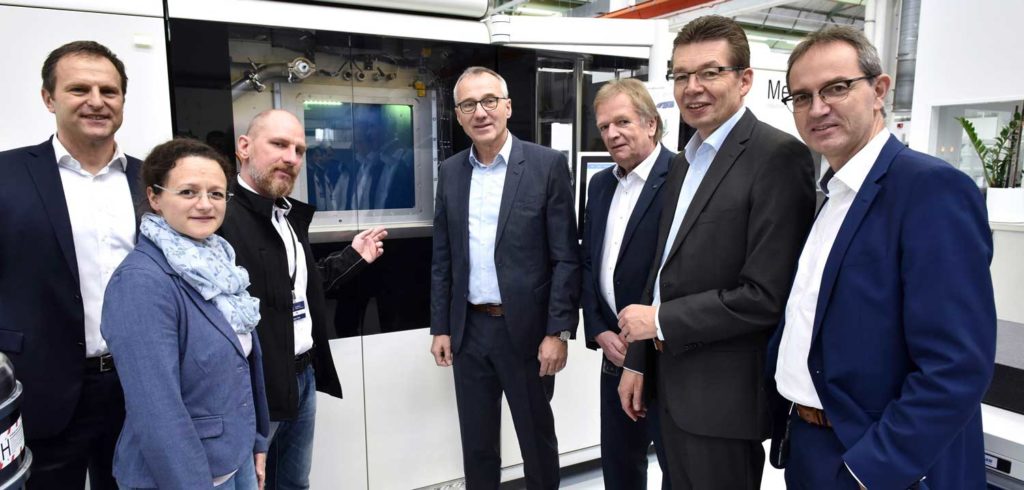Volkswagen’s Toolmaking unit has invested in a new advanced 3D printing center for its facilities in Wolfsburg. With the opening of the center, the unit is bringing a new generation of 3D printers to VW, allowing the production of complex vehicle parts.
“The 3D printing center takes Volkswagen’s additive manufacturing activities to a new level,” said Dr Andreas Tostmann, board member for production of the Volkswagen brand. “In two to three years’ time, 3D printing will also become interesting for the first production parts. In the future we may be able to use 3D printers directly on the production line for vehicle production.”
Developed in cooperation with HP, the new generation of 3D printers will become the most modern in the Volkswagen Group and is based on the binder jetting process, which supplements the previous selective laser melting (SLM) process.
Binder jetting not only makes metallic 3D printing easier, but also faster. In future it will be possible to manufacture production parts in addition to prototypes.
To date, the Volkswagen Group has mainly used the SLM process for 3D printing with metals. In this process, the material used, such as steel, is applied to a base plate in a thin layer. A laser beam then melts the powder at the points where the component is to be created. The molten powder hardens, forming a solid material layer.
The new printers at the center will now allow the use of other 3D printing processes such as binder jetting. In this additive process, components are manufactured using a metal powder and a binder applied in layers. The metal part that has been printed is then baked in a sintering process.


